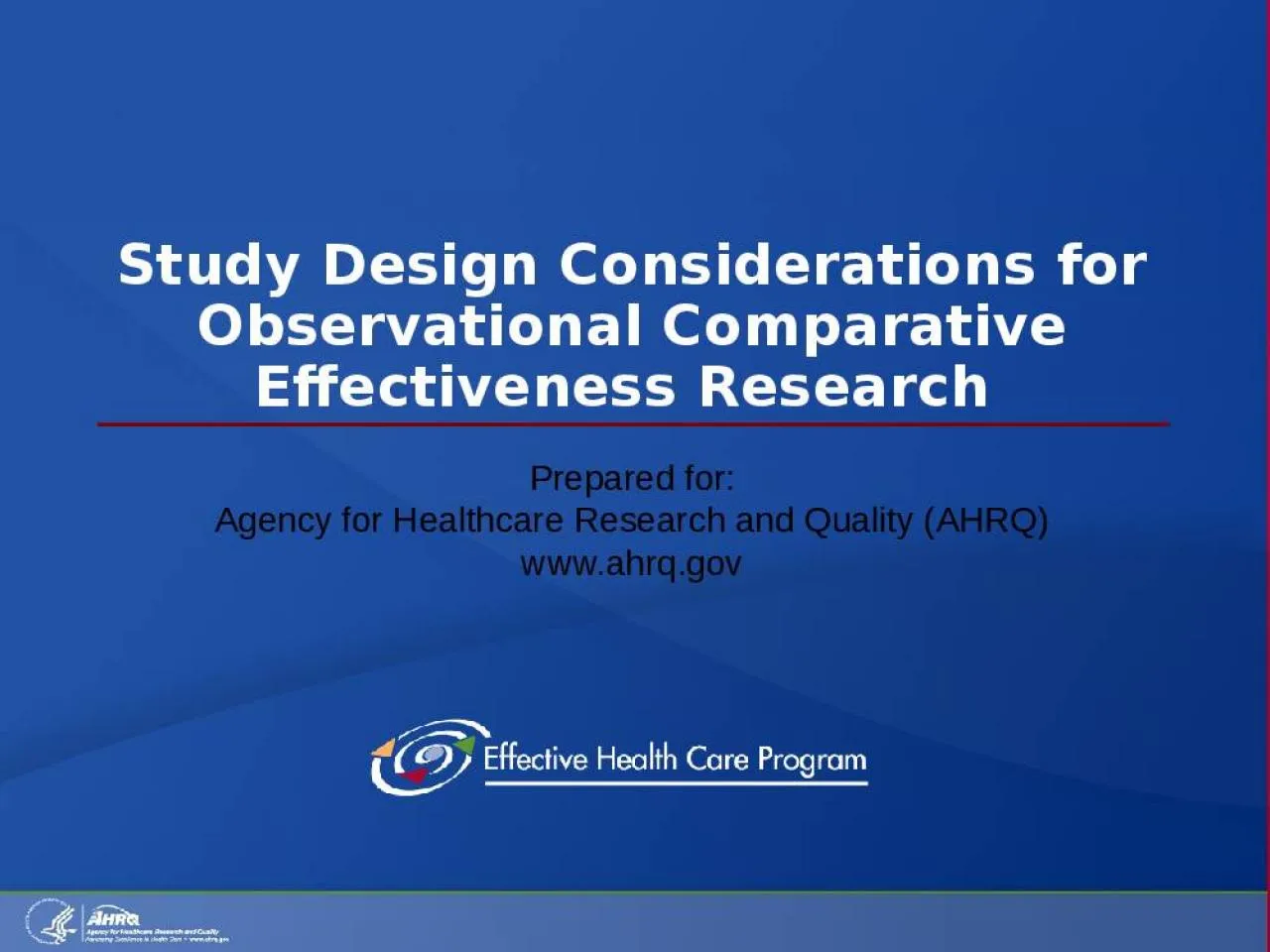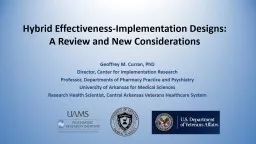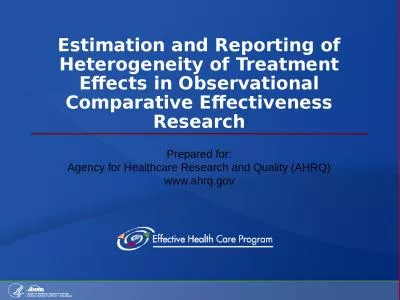PPT-Study Design Considerations for Observational Comparative Effectiveness Research
Author : alyssa | Published Date : 2022-05-14
Prepared for Agency for Healthcare Research and Quality AHRQ wwwahrqgov T his presentation will Provide a rationale for study design choice and describe key design
Presentation Embed Code
Download Presentation
Download Presentation The PPT/PDF document "Study Design Considerations for Observat..." is the property of its rightful owner. Permission is granted to download and print the materials on this website for personal, non-commercial use only, and to display it on your personal computer provided you do not modify the materials and that you retain all copyright notices contained in the materials. By downloading content from our website, you accept the terms of this agreement.
Study Design Considerations for Observational Comparative Effectiveness Research: Transcript
Download Rules Of Document
"Study Design Considerations for Observational Comparative Effectiveness Research"The content belongs to its owner. You may download and print it for personal use, without modification, and keep all copyright notices. By downloading, you agree to these terms.
Related Documents














